
Code: 04578073
Acute Exposure Guideline Levels for Selected Airborne Chemicals
by Subcommittee on Acute Exposure Guideline Levels, Committee on Toxicology, Board on Environmental Studies and Toxicology, Division on Earth and Life St
The Bhopal Disaster of 1984 resulted in the death of around 2,000 residents living near chemical plants and irreversible injuries to more than 20,000 other residents. These numbers can be attributed to the community's lack of awar ... more
- Language:
 English
English - Binding: Paperback
- Number of pages: 310
Publisher: National Academies Press, 2004
- More about this

93.33 €
Availability:
50/50 We think title might be available. Upon your order we will do our best to get it within 6 weeks.
We think title might be available. Upon your order we will do our best to get it within 6 weeks.We search the world
You might also like
-

The Green Witch Oracle Cards
18.50 € -28 %
Give this book as a present today
- Order book and choose Gift Order.
- We will send you book gift voucher at once. You can give it out to anyone.
- Book will be send to donee, nothing more to care about.
Availability alert
Enter your e-mail address and once book will be available,
we will send you a message. It's that simple.
More about Acute Exposure Guideline Levels for Selected Airborne Chemicals
You get 236 loyalty points
 Book synopsis
Book synopsis
The Bhopal Disaster of 1984 resulted in the death of around 2,000 residents living near chemical plants and irreversible injuries to more than 20,000 other residents. These numbers can be attributed to the community's lack of awareness concerning the chemicals' existence, dangers and effects, and/or how to react in case of emergency. The disaster emphasized the need for governments to identify hazardous substances and to aid local communities in developing plans for emergency exposures. As a result, the United States government issued the Superfund Amendments and Reauthorization Act (SARA) of 1986; requiring the identification of extremely hazardous substances (EHS"') by the Environmental Protection Agency (EPA). EPA was also tasked with assisting Local Emergency Planning Committees (LEPCs) in conducting health-hazard assessments to develop emergency-response plans for sites where EHS" are produced, stored, transported, or used. The EPA identified nearly 400 EHS' in terms of their immediate danger to life and health (IDLH) as their first step in assisting these LEPCs. In 1991 the EPA went on to request that the National Research Council (NRC) Committee on Toxicology (COT) develop criteria and methods for developing emergency exposure levels for EHS" for the general population. The COT, who had published many reports on emergency exposure guidance levels at the time, designated the task to a subcommittee. The subcommittee focused on Guidelines for Developing Community Emergency Exposure Levels for Hazardous Substances. Four years later the National Advisory Committee for Acute Exposure Guideline Levels for Hazardous Substances (NAC) was created with a focus on identifying, reviewing, and interpreting relevant toxicologic and other scientific data and developing acute exposure guideline levels (AEGLs) for high-priority, acutely toxic chemicals. In Acute Exposure Guideline Levels for Selected Airborne Chemicals: Volume 4, the NAC outlines acute exposure guideline levels for chlorine, hydrogen chloride, toluene 2,4, hydrogen fluoride, 2,6-diisocyanate, and uranium hexafluoride.
 Book details
Book details
Book category Books in English Technology, engineering, agriculture Environmental science, engineering & technology
93.33 €
- Full title: Acute Exposure Guideline Levels for Selected Airborne Chemicals
- Author: Subcommittee on Acute Exposure Guideline Levels, Committee on Toxicology, Board on Environmental Studies and Toxicology, Division on Earth and Life St
- Language:
 English
English - Binding: Paperback
- Number of pages: 310
- EAN: 9780309091473
- ISBN: 0309091470
- ID: 04578073
- Publisher: National Academies Press
- Weight: 499 g
- Dimensions: 229 × 152 × 19 mm
- Date of publishing: 16. April 2004
Trending among others
-
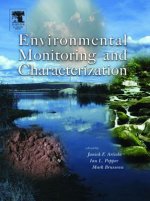
Environmental Monitoring and Characterization
130.64 € -

Environmental Education and Advocacy
57.41 € -

Introduction To Environmental Impact Assessment
69.72 € -

Fachwissen Umwelttechnik
46.41 € -

Count Down
18.20 € -14 % -

Tragedy in Mouse Utopia
15.30 € -21 % -
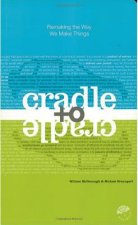
Cradle to Cradle
26.30 € -27 % -

World In A Grain
15.70 € -13 % -
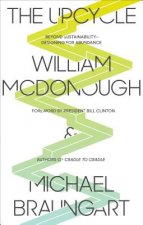
Upcycle
29.30 € -

Smart Cities
32.30 € -

Wizard and the Prophet
15.80 € -28 % -

Participatory Action Research
63.11 € -5 % -

Nutrient Cycling in Terrestrial Ecosystems
176.46 € -

Handbook of Transdisciplinary Research
176.46 € -
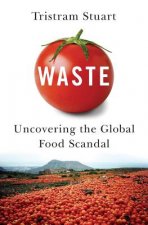
Waste
26.50 € -13 % -

Information Technologies in Environmental Engineering
227.78 € -

Living Tundra
41.51 € -
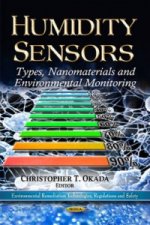
Humidity Sensors
132.04 € -17 % -
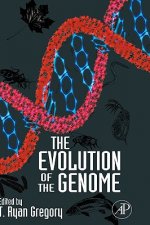
Evolution of the Genome
119.54 € -

Environmental Engineering- Principles and Practice
134.44 € -

ISE Principles of Environmental Engineering & Science
74.52 € -

Underground Cities
54.01 € -

Membrane and Membrane Reactors Operations in Chemical Engineering
45.31 € -17 % -

Ozone Layer - From Discovery to Recovery
46.41 € -
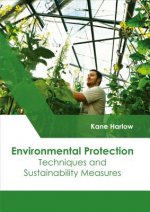
Environmental Protection: Techniques and Sustainability Measures
125.04 € -11 % -
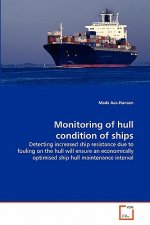
Monitoring of hull condition of ships
62.01 € -1 % -

Resource Efficiency Complexity and the Commons
69.72 € -

Transport Processes in Nature PB with CD-ROM
79.22 € -14 % -

Behavior of Wood in Case of Fire
86.72 € -

Integrated Systems Analysis of Ecosystems
161.25 € -

Earth in Human Hands
21.30 € -25 % -

Photovoltaic systems
51.71 € -2 % -

Smart and Sustainable Supply Chain and Logistics - Challenges, Methods and Best Practices
176.46 € -

Fly ash based geopolymer concrete
42.41 € -1 % -
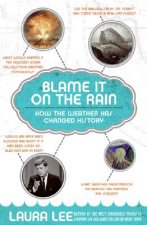
Blame It on the Rain
17.90 € -17 % -

Damascus and pattern-welded steels
55.71 € -
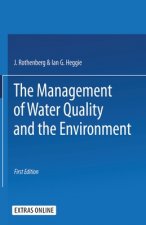
Management of Water Quality and the Environment
179.56 € -
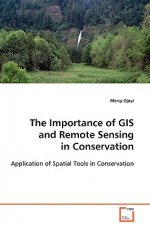
Importance of GIS and Remote Sensing in Conservation
51.71 € -2 % -

Automating SOLIDWORKS 2019 Using Macros
68.42 € -

Climate Crisis and Corrupt Politics
34.50 € -

Principles of Analytical Chemistry, 1
58.21 € -
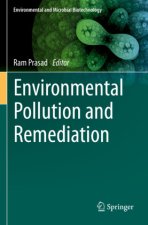
Environmental Pollution and Remediation
182.76 € -2 % -
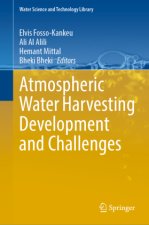
Atmospheric Water Harvesting Development and Challenges
169.16 € -
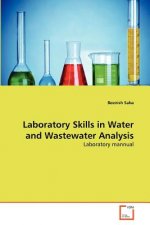
Laboratory Skills in Water and Wastewater Analysis
62.01 € -1 % -
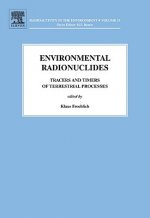
Environmental Radionuclides
224.88 € -

Urban Wind Energy
71.22 € -1 % -

Governing Renewable Natural Resources
59.11 € -

ISE Introduction to Environmental Engineering
73.32 € -4 % -

Novel Control Concept with Attached Tuned Mass Damper
73.12 € -2 %
Collection points Bratislava a 2642 dalších
Copyright ©2008-24 najlacnejsie-knihy.sk All rights reservedPrivacyCookies


 15549 collection points
15549 collection points Delivery 2.99 €
Delivery 2.99 € 02/210 210 99 (8-15.30h)
02/210 210 99 (8-15.30h)